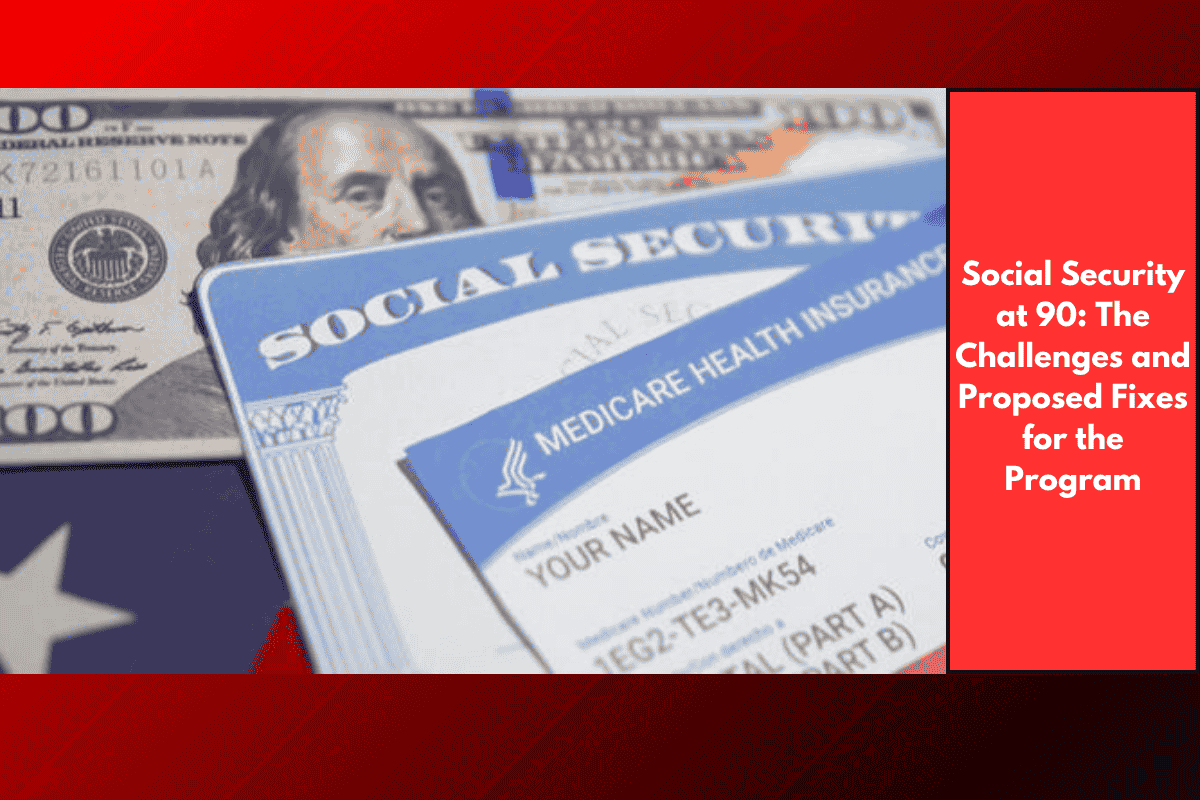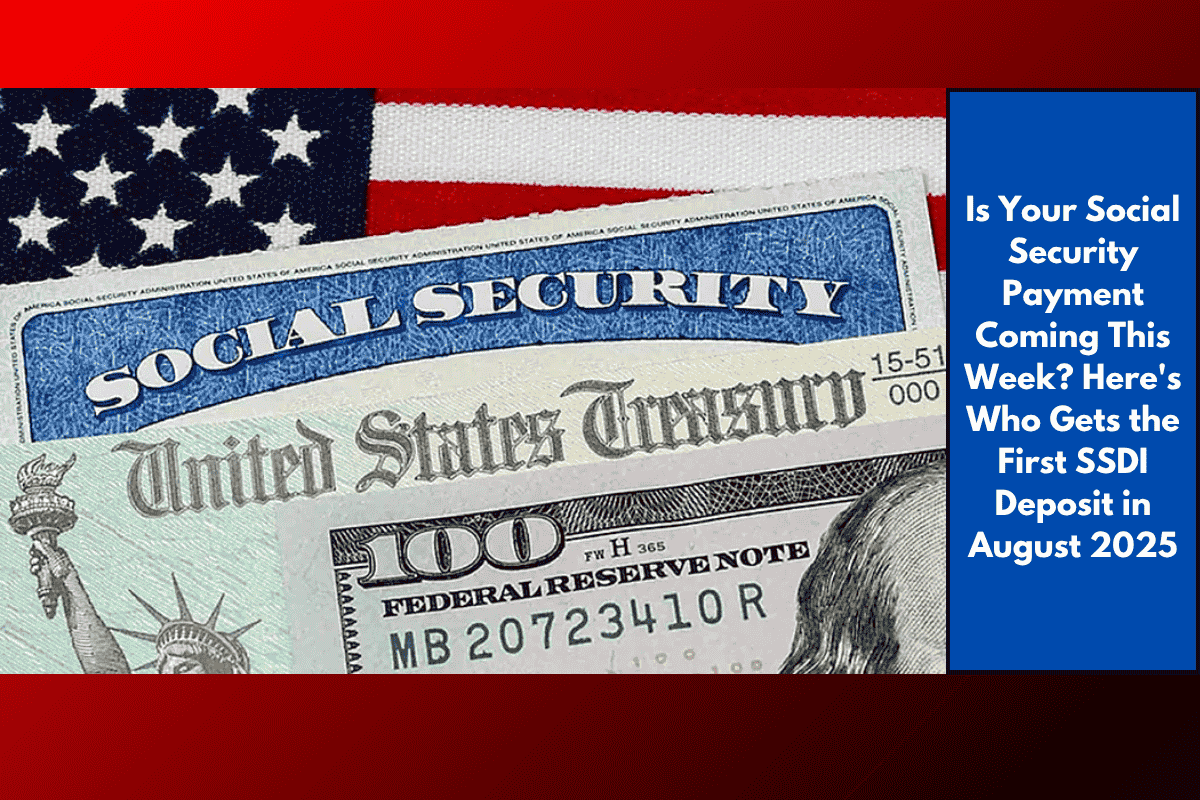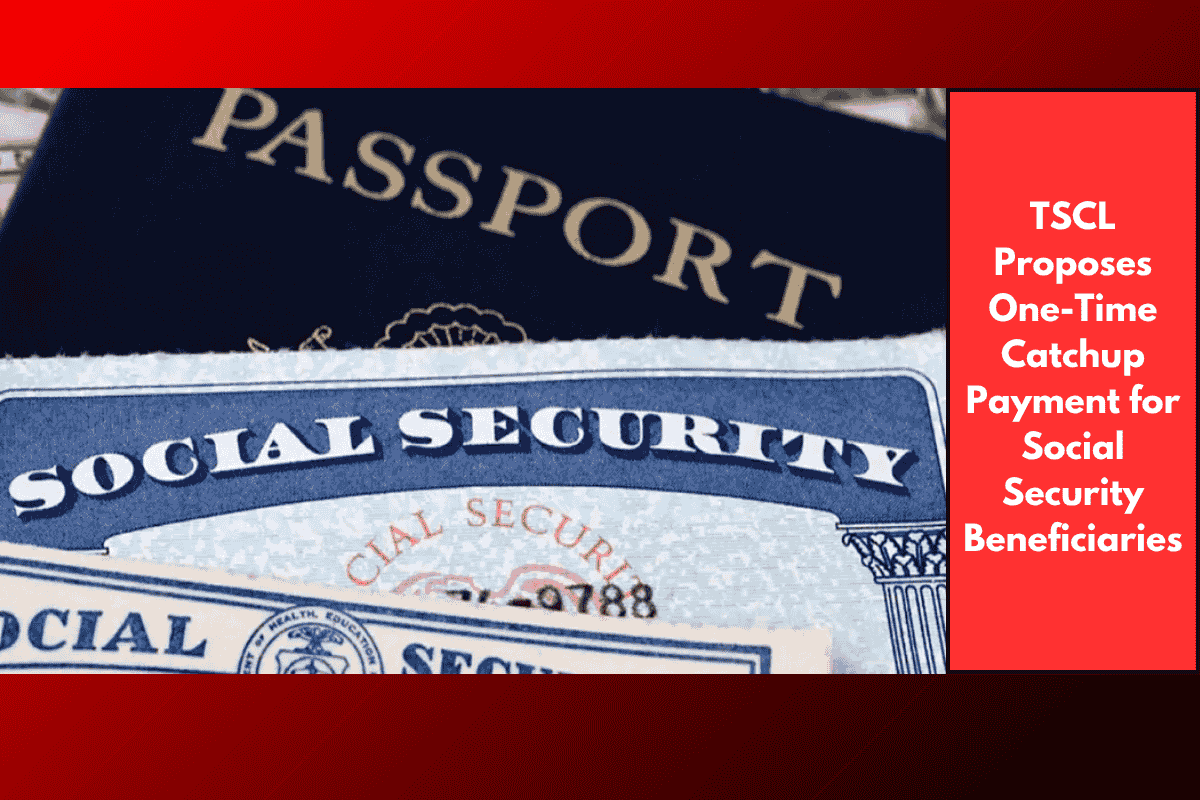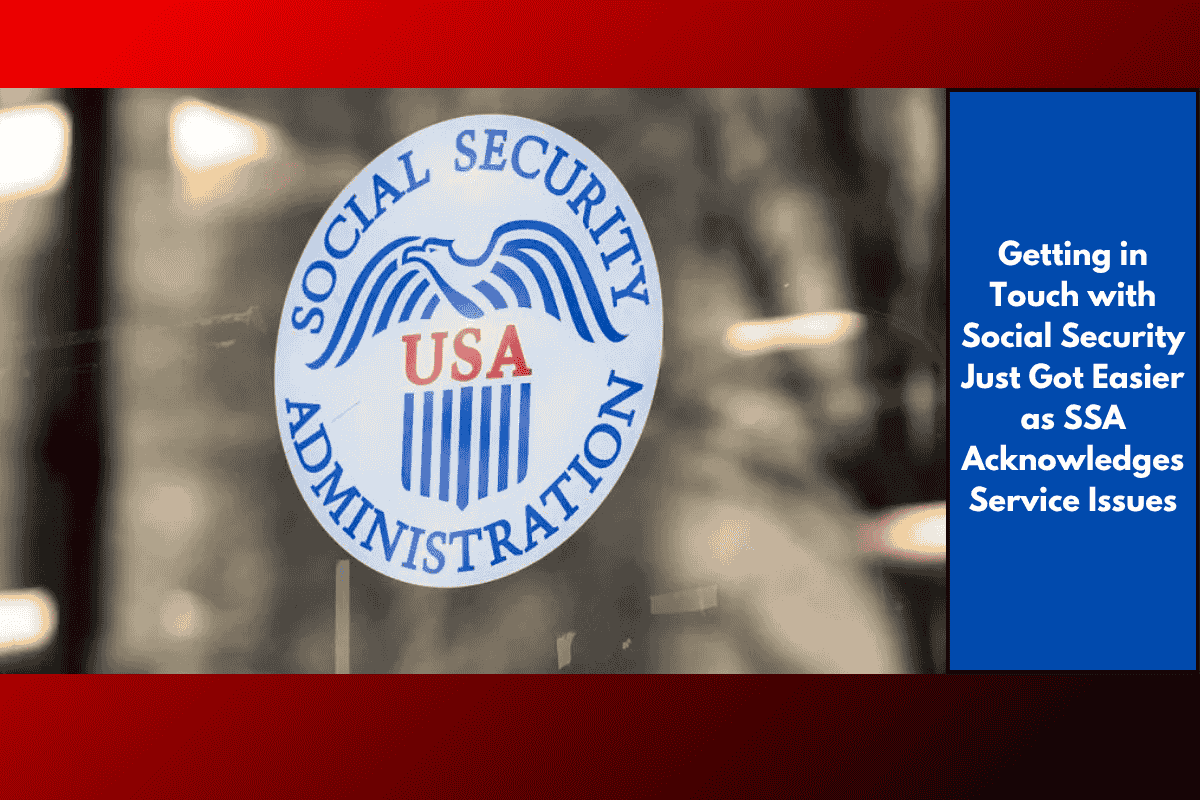If you’re receiving Social Security Disability Insurance (SSDI) benefits, it’s important to know when your payments will be delivered each month. The Social Security Administration (SSA) distributes SSDI payments over three Wednesdays each month. For July 2025, here are the key dates to remember:
July 9, 2025: For those with birthdays between the 1st and 10th.
July 16, 2025: For those with birthdays between the 11th and 20th.
July 23, 2025: For those with birthdays between the 21st and 31st.
If you started receiving SSDI benefits before May 1997 or if you combine SSDI with Supplemental Security Income (SSI), your payment was issued earlier on July 3, 2025.
How Much Can You Expect for SSDI in 2025?
The average SSDI payment for 2025 is about $1,580 per month. This amount varies based on your work history, the severity of your disability, and other factors. To give you some perspective, retirees typically receive $2,002 per month. The maximum SSDI benefit is set at $4,018, while the maximum benefit for retirees can be as high as $5,108.
Goodbye to Paper Checks: What You Need to Do
A major change is coming for those who still receive paper checks for SSDI, SSI, and other federal payments. A presidential mandate, effective March 2025, requires the elimination of all paper checks by September 30, 2025. This will affect SSDI, retirement benefits, tax refunds, and other federal payments.
Why this change? The federal government is moving to direct deposit to enhance security, save costs, and improve efficiency. Paper checks are 16 times more likely to be lost or stolen, and maintaining the check system costs the government nearly $750 million annually. Direct deposits are much faster and more secure.
Who Is Affected?
By June 2025, nearly 485,000 beneficiaries—many elderly or without easy access to banks—still rely on paper checks. These individuals are at risk of delays, withholdings, or even a complete interruption of their benefits if they do not switch to direct deposit or an alternative method before the September 30th deadline.
What You Need to Do to Avoid Issues
To ensure your payments continue without interruption, you must switch to direct deposit. This is the most reliable and common method for receiving federal payments. If you don’t have a traditional bank account, you can use the Direct Express card, a prepaid debit card designed to receive federal payments securely.
How to Set Up Direct Deposit or the Direct Express Card
Setting up direct deposit is easy:
You can do it online through the Social Security website (SSA.gov).
Call the SSA to set up or ask for help.
You can also visit your local Social Security office or mail in a form.
For those without a traditional bank account, the Direct Express card is a great alternative. Visit GoDirect.gov, managed by the Department of the Treasury, to get started.
Exceptions for Paper Checks
There are some limited exceptions to the paper check mandate. For example, if you live in a remote, unbanked area, or face an emergency, you may qualify for an exemption. However, you must apply to the Department of the Treasury and SSA, providing documentation to support your case.
Don’t Wait—Take Action Now!
The September 30, 2025 deadline is approaching, so if you’re still receiving paper checks, it’s important to act now. Failing to update your payment method could mean your check won’t arrive, or it will be delayed. Don’t risk a delay in your essential payments—sign up for direct deposit or the Direct Express card today to ensure your money arrives on time, securely, and without any hassle.














